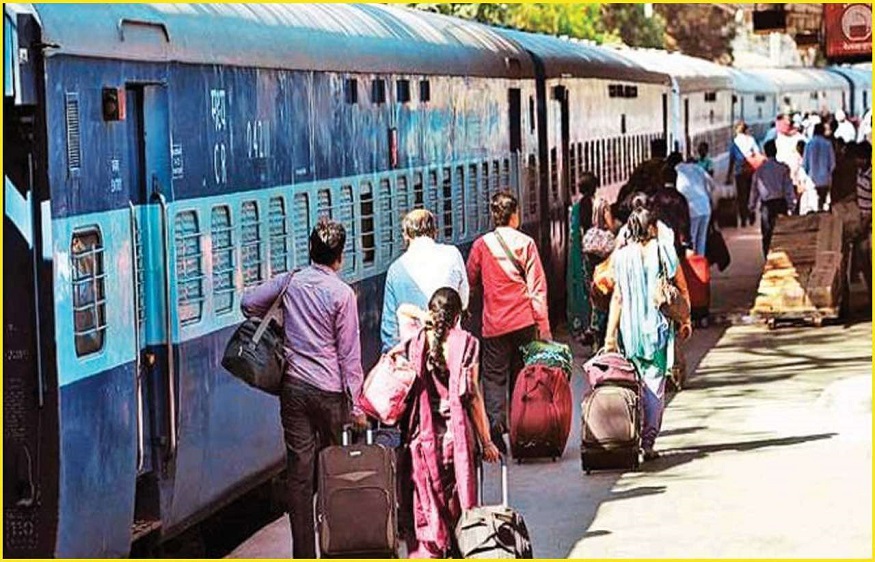Metro, bus, taxis, roads: is the Singapore model exportable?

Tanah Merah Skytrain Station, Singapore, 7 am. A train arrives. In the gentle heat of the tropical dawn , passengers in suits and women in business suits, their faces devoid of any expression, descend from the air-conditioned metro. On the platform, other travelers form a straight line waiting for the last passenger to leave the train to board it. The scene takes place in relative silence, all the same disturbed by the hum of a nearby ring road, the announcements of the loudspeaker, and a few cries of tropical birds.
Four languages, three alphabets. An hour later, in the “CBD” , the Central business district, the business district where skyscrapers compete in majesty. Five-lane thoroughfares intersect simple streets. Buses, taxis, motorbikes and passenger cars progress smoothly. Traffic seems to be flowing. From an underground subway station emerge dozens of people, who immediately go to the bus stop corresponding to their direction. The indications are sometimes written in 4 languages (English, Chinese, Tamil and Malay) and 3 alphabets, but a person who does not understand any of these idioms would almost find it.
We cannot produce efficiency without anticipation. “Our first urban plan integrating the development of transport dates from Since then, the city-state has continued to adapt and modernize its land use plan. The objectives have been set for a long time: “to improve accessibility on foot to services and shops, to reduce dependence on the private car, to produce a dense city, to preserve the possibility of building new transport corridors” , explains the manager. .
Priority to the user. Bus stations are designed as small hubs. Passengers are protected from sun and rain by a long canopy. A contiguous taxi rank allows you to continue your journey if necessary. The signage is particularly neat. Pedestrians must be able to orient themselves easily. The ban on parking in front of the stop is strictly enforced. The public transport user is placed at the center of the system, and not considered as an adjustment variable. “When there is a breakdown in the metro, forcing passengers to get off the train, the Singaporean media talk about it for a week ,” says a French expatriate executive.
You don’t park your motorcycle just anywhere! In the city centre, motor use is strictly regulated. Certain streets are forbidden not only to cars and motorcycles, but also to electric bicycles. Unauthorized parking of motorized two-wheelers is prohibited. In some areas, especially on the sidewalks, signs indicate that a fine of 100 Singaporean dollars (62€) will be imposed on drivers of badly parked motorcycles. In Paris, the same offense is sanctioned by a fine of €35.
Mr. Singh’s only regret concerns the use of the bicycle. “We are looking to encourage it more, as a substitute for walking and public transport . ” For the moment, in the center of the city-state, we mainly come across delivery men on bicycles, as well as the employees of Veolia, in charge of the legendary cleanliness of Singapore’s roads, who sweep the wheels, perched on a tricycle in the colors of the French multinational.
Olivier Razemon
Making-of. The writing of this article results from a double opportunity. The data was presented by Mr. Singh at the “La fabrique de la cité” symposium , organized by the Vinci group, in Lisbon, in July 2014. The photos were taken during a stopover in Singapore en route to Angkor (Cambodia ), during a press trip organized by the tour operator Terres d’aventure, in February 2014 ( the report can be read here ).
Do we really need to install cable cars in the city?
NB: September 30, 4 p.m. This article generated many reactions, especially from people who live in Singapore. We can broadly classify these comments into three categories. 1/ The limitation of the place of the car in Singapore owes a lot to the taxes to which this object is subject. Of which act. 2/ Transporteveryday is not as pleasant as it might seem from reading the article. Of which act also. As indicated in the article, I spent little time in the city, even if expatriates confirmed to me that the organization was much more efficient than in other capitals. But, as everywhere and as always, transporting oneself is not a neutral act.



